Port 4 – Casablanca
Day 6 – we finally made it to the N. African coast! Because of its namesake movie, Casablanca often conjures up images of romance and intrigue. In reality it’s a vast, modern metropolis that lacks the exotic atmosphere of Morocco’s more ancient cities. Refusing to spend hours in transit for the 300 mile trek to Marrakech, I decided to explore Casablanca on our own.
Immediately after docking, we made a dash for the Hassan II Mosque to beat the inevitable cruise hordes. This is the largest mosque in the country and a truly impressive architectural masterpiece. Built on reclaimed land, almost half of the surface of the mosque lies over the Atlantic water and offers dramatic views. The lavishly designed building has a heated floor and electric doors. There is also supposed to be a glass floor with views of the ocean below, but it’s reserved for ‘The Royals’ only. Guess we’ll never get to enjoy THAT view…


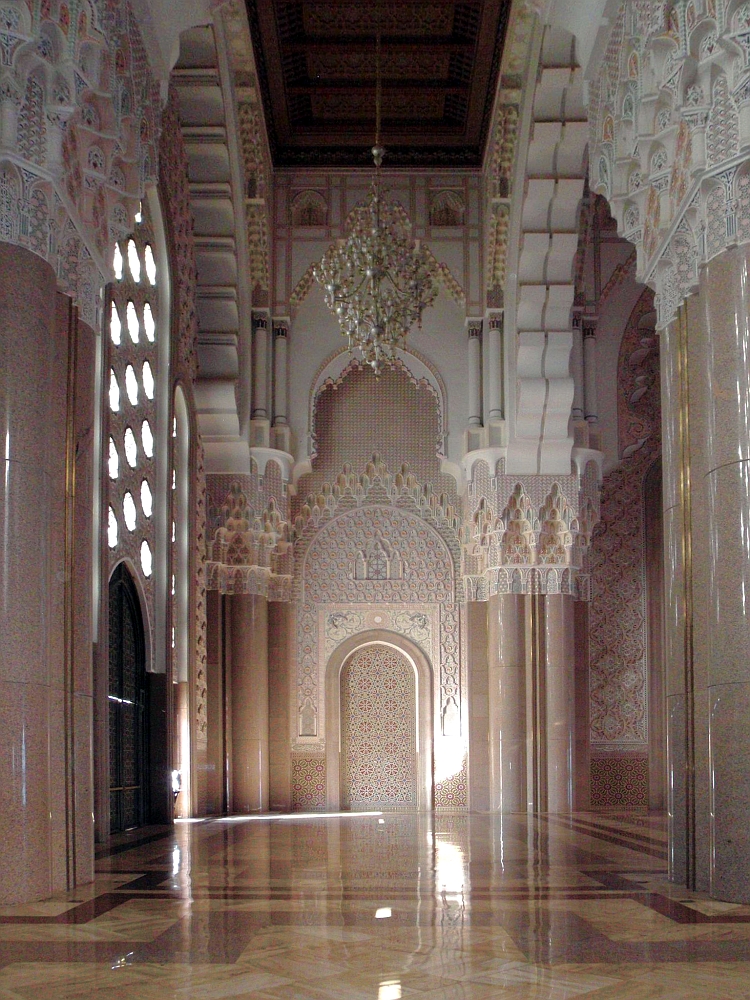



We meandered through the winding alleys of the Medina along the way and saw vendors selling a mélange of spices, tons of olives, (freshly) dead fish, live (soon to be dead) chickens, and butchers proffering cuts of mystery meat.
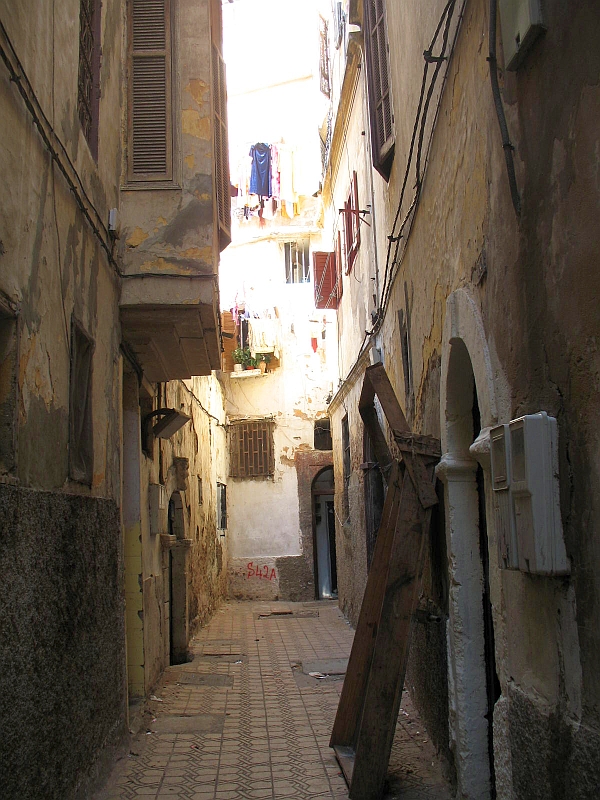
For a change of scenery, we strolled around a colorfully restored old fort nearby and then checked out the Deco District, where Moroccan traditional buildings gave way to Art Deco architecture.
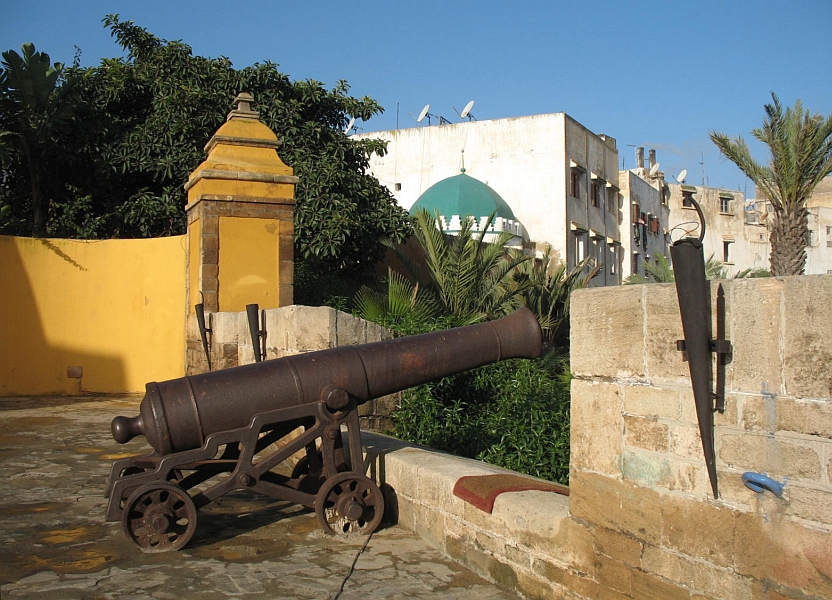
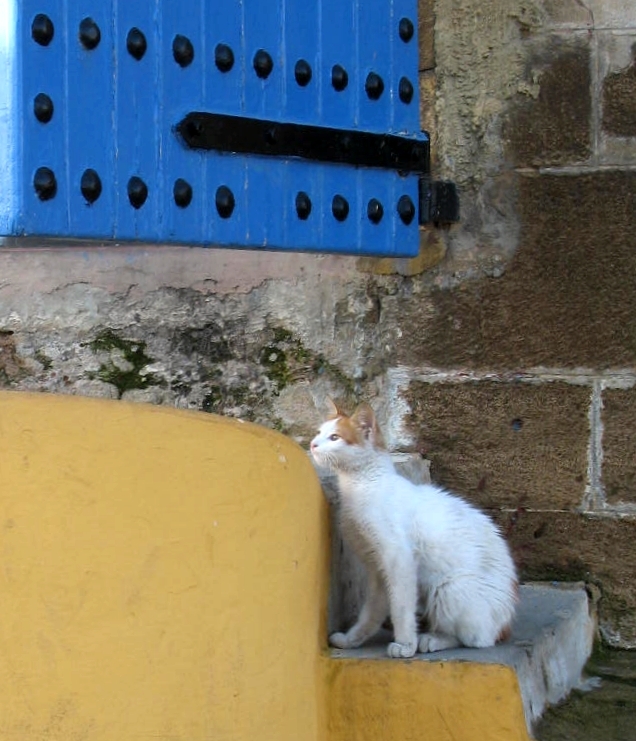
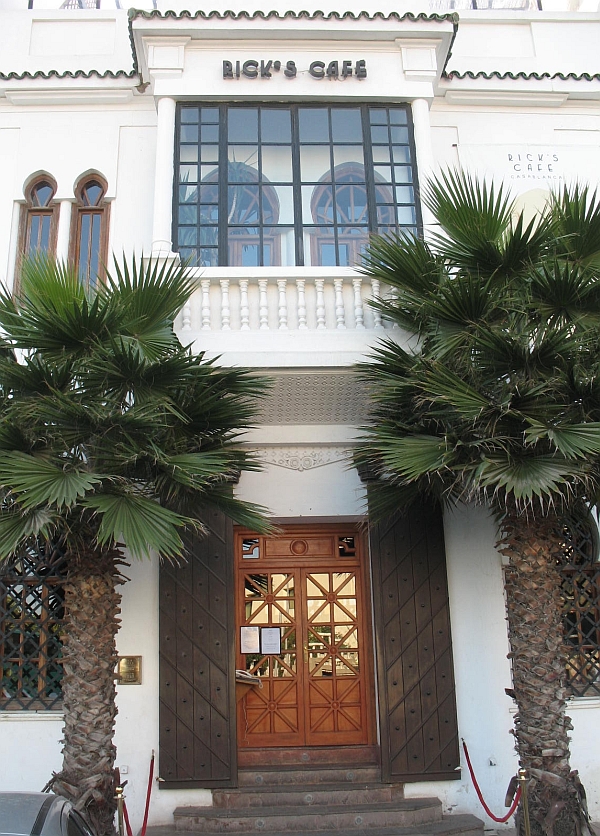

We eventually took a break and had some Moroccan coffee with traditional ground almond sweets. The coffee, similar to the Turkish variety – aka Sludge Coffee – is bold, flavorful and quite addictive, especially with hot milk and sugar! As we scurried towards the port, I looked enviously at the locals (mostly men) leisurely sipping their drinks at the sidewalk cafes. Someday, I promised myself, we’ll have time to do nothing – but not today…
Port 5 – Agadir
Rebuilt after being leveled by a devastating earthquake in 1960, Agadir resembles a modern European beach resort with a conservative bend. I waited in anticipation, not because it’s charming or scenic, but because a lunch of camel tagine beckons!
I know you’d say ‘WHAT tagine?’ since most tourists would be booking camel rides rather than looking for it on the menu. To me sampling local foods is the quintessential travel experience, therefore so long as it’s legal and not too gnarly tasting, I’m up for it.
Despite being armed with Google maps of the restaurant location, we still wandered round till we came upon it by accident. We ordered goat and camel tagines. The camel tagine is actually quite flavorful, tender but slightly chewy.
Both tagines’ presentations were similar, and being the same price, we joked if they ran out of one, they could probably substitute with the other! Being a Muslim country, beverages were limited to coffee, mint tea and juice shakes. With coffee, tea, and an avocado shake, the entire tab was still under $14!

Also on the itinerary is Souk El Had, a labyrinth of 3500 different stalls with 10 gate entrances, for potential bargains in the afternoon. The market is divided into sections selling everything from clothing, leather ware, handicrafts, to fruits and vegetables.
It was amazing to see stalls carrying dozens of varieties of olives and dates, with locals buying them by the kilo! We bought 3 types each of dates and olives – in case there wasn’t enough food on the cruise ship…


Before leaving the Souk, I decided to get a pair of leather babouches, the pointed toe traditional Moroccan slippers. Though cheap, some slippers were of plastic, and the workmanship marginal. After bargaining at several shops, I finally got a pair of leather ones at $8 US – more than the $6 that I offered, but less than the $20+ some vendors wanted, so I guess everyone went home happy. We took it easy at Agadir since it was the last port before the transatlantic crossing, so we literally couldn’t afford to miss the boat!



